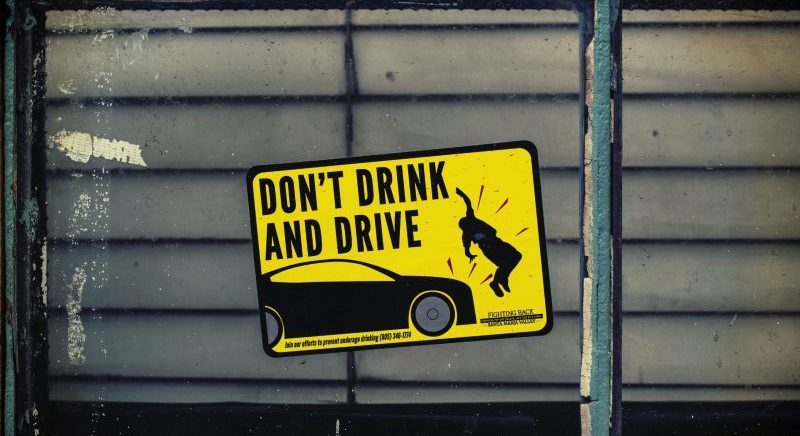It’s easy to assume the drinking age has always been 21 in the United States, but that’s not how it started. For most of the country’s post-Prohibition history, it was actually up to the states to decide. Some settled on 21, others lowered it to 18 or 19, especially after the voting age dropped in 1971. If you were old enough to vote or serve in the military, a lot of folks figured you were old enough to buy a beer.
That worked fine until it didn’t. During the 1970s and early 1980s, states with lower drinking ages started reporting a spike in drunk driving accidents involving teens and young adults. People would cross state lines to buy alcohol and drive home buzzed, especially in areas where neighboring states had different minimum ages. That kind of patchwork setup made the roads more dangerous and hard to police.
One Law, Fifty States, and a Lot of Pressure

Image via Unsplash/Tim Mossholder
By the early 1980s, a growing number of lawmakers and public safety groups wanted change. Mothers Against Drunk Driving (MADD) quickly became one of the most vocal advocates. They weren’t alone. Remove Intoxicated Drivers (RID) and other groups pushed for consistent rules that would lower the number of alcohol-related crashes.
Then came 1984. President Ronald Reagan, who wasn’t usually big on federal mandates, signed off on the National Minimum Drinking Age Act. The law didn’t technically force states to raise the drinking age. Instead, it tied compliance to federal highway funding. States that refused would lose 10% of those dollars. You can imagine that most didn’t hold out for long. South Dakota and Wyoming were the last to fall in line, eventually bumping their minimum ages by 1988.
A Government Accountability Office (GAO) study found that states that raised the age saw fewer traffic deaths among 18-to-20-year-olds. That data gave the law even more political staying power. And it still shapes the national conversation about alcohol access today.
Of course, not everyone agreed with the policy. Critics pointed out the mixed messages. You could enlist in the military, vote in elections, and even get married at 18, but you cannot legally order a margarita? Pretty weird. College students didn’t stop drinking, though; they just did it under wraps, often in less safe settings. And campus binge drinking didn’t go away. Some argue it got worse.
The 1984 law also kicked off a long tradition of people trying to change it. Bills pop up every few years in state legislatures to lower the drinking age again, usually with little momentum. The federal funding tie-in makes it a steep climb. Few governors want to risk losing transportation funding, even if they’re lukewarm about the age limit itself.
Globally, the U.S. stands out for this law. Most countries let people legally drink at 18, and in places like Germany or Austria, it can be even younger depending on the beverage. There are also countries with higher limits and some with complete bans, but America’s 21-year standard is still one of the more restrictive among developed nations.
Traffic safety data remains its biggest shield. According to the CDC, minimum legal drinking age laws help prevent hundreds of deaths every year in alcohol-related crashes. That evidence matters in policy circles, and it’s one reason the law hasn’t budged much in four decades.